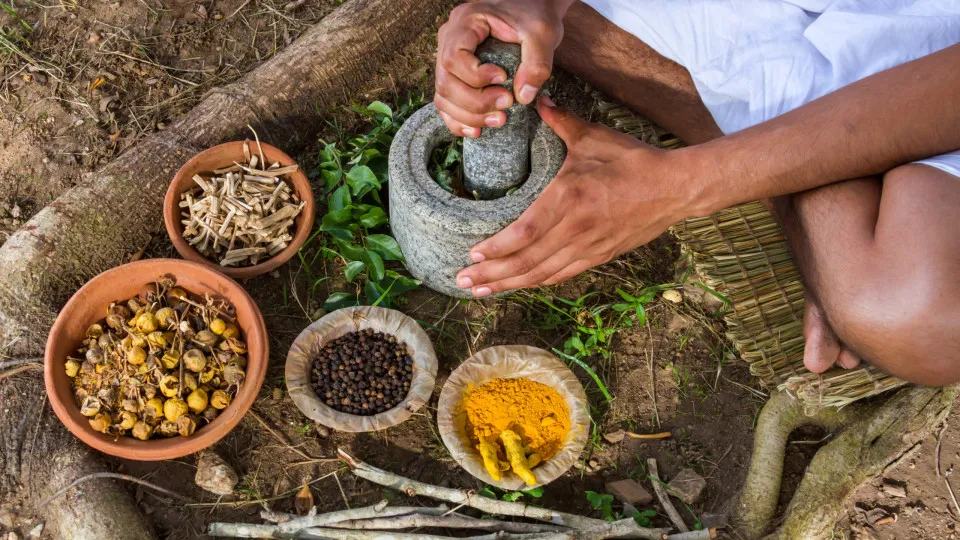As modern nutrition trends come and go, many people are turning to time-honored systems with deep cultural and historical roots. One of the most prominent is Ayurveda—a 5,000-year-old philosophy that views food as medicine and tailors eating habits to your body type, or dosha.
Browse the gallery to learn the fundamentals of the Ayurvedic diet and how to find what works for you.



